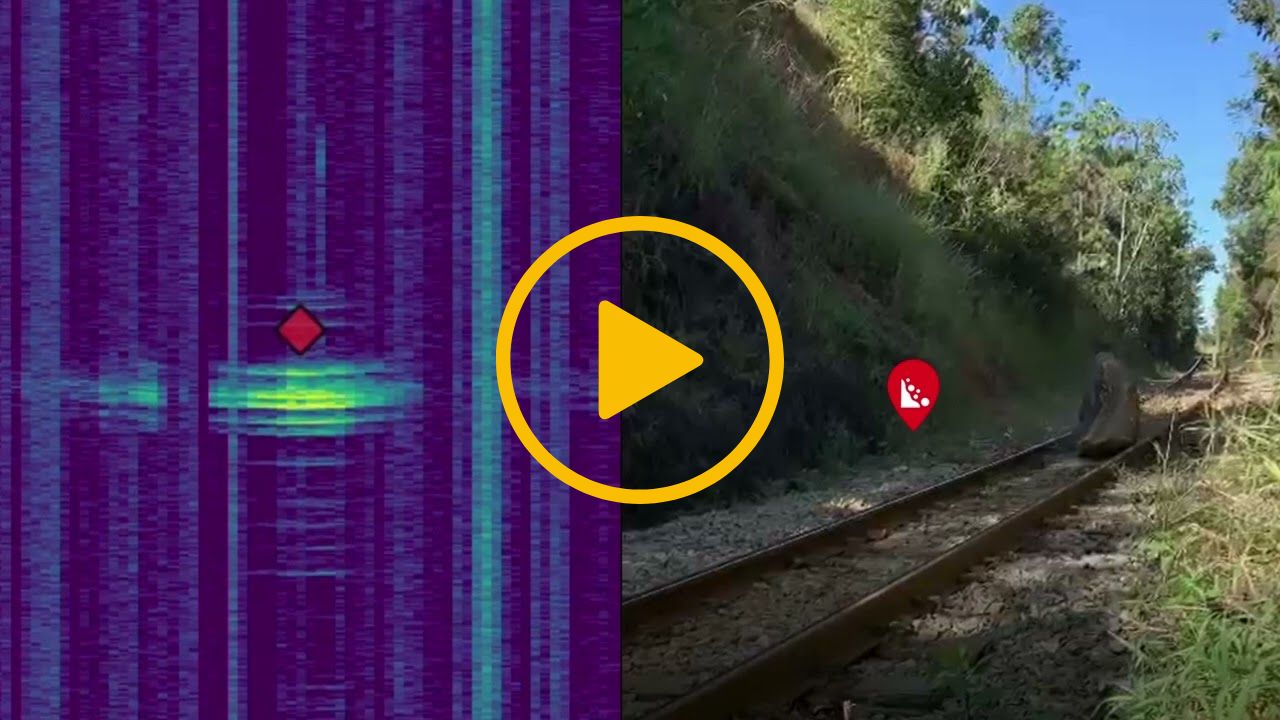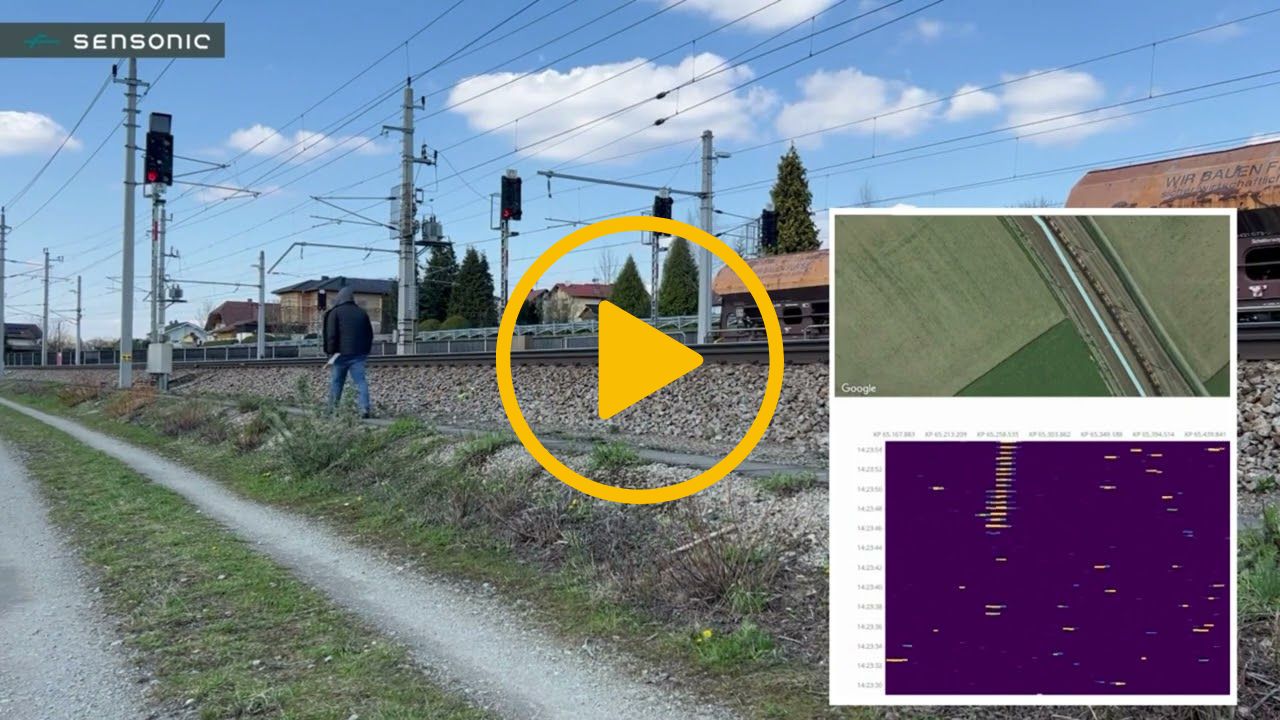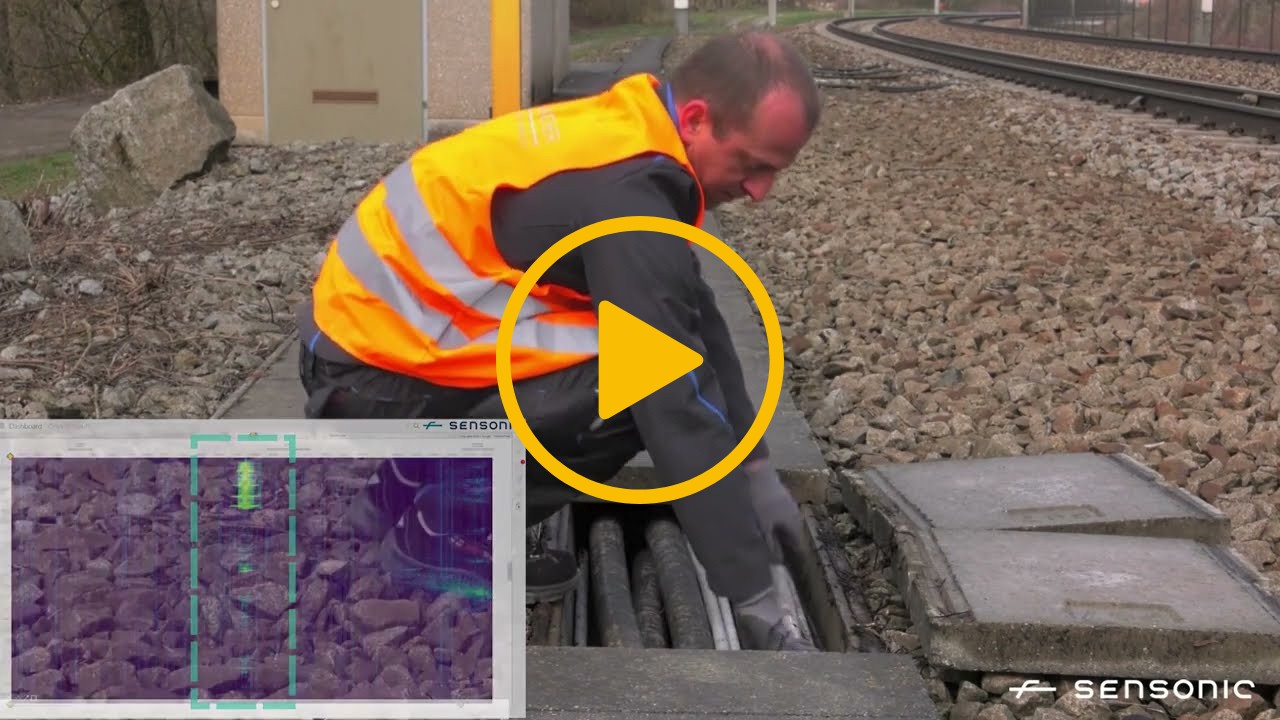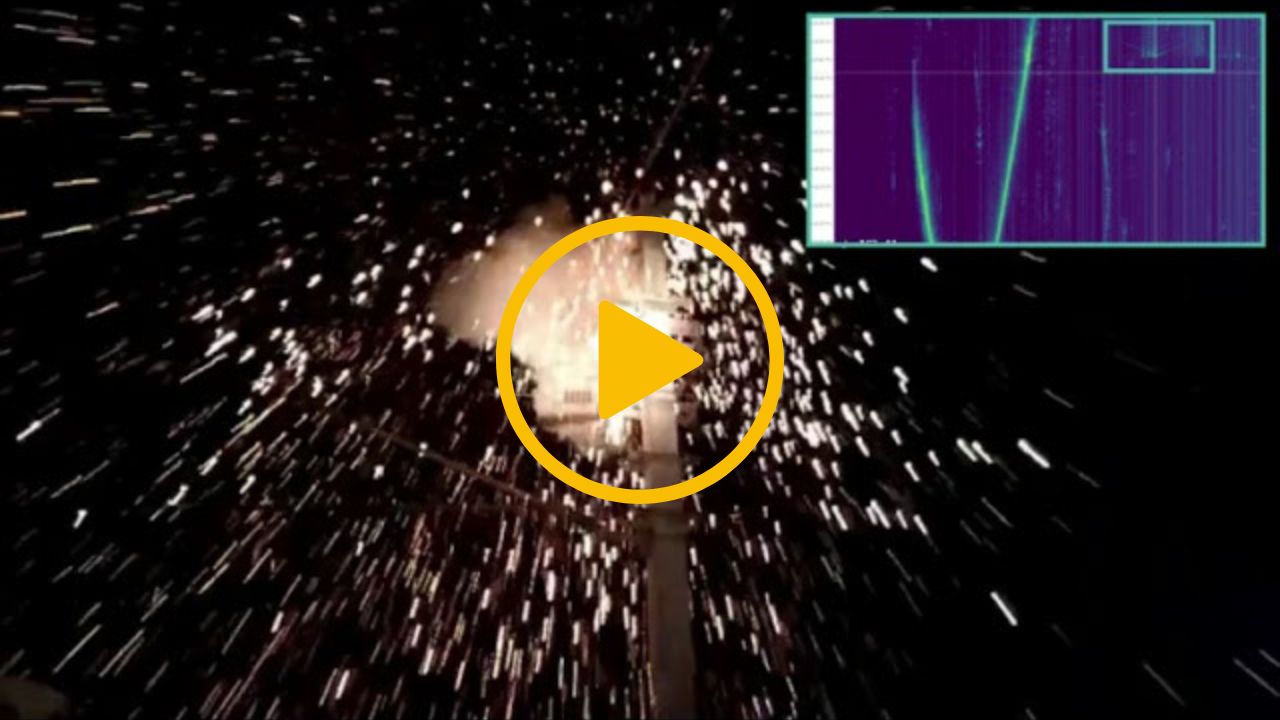Fiber optic technology has revolutionised communication, but did you know it can also be used to "listen" for problems on railways too? Distributed Acoustic Sensing (DAS) is an innovative technology we bring to the railway that uses fiber optic cables to detect vibrations along railway tracks, offering valuable insights for improved safety and maintenance.
The power of Light and Sound
Imagine a long, thin fiber optic cable acting as a string of microphones running alongside the railway track, and that is a good analogy of how DAS works. DAS injects short pulses of laser light into the cable. When vibrations (sound waves) propagate from the source of impact through the ground to the fiber, they cause tiny changes in the light reflected along the fiber. These changes are analysed to pinpoint the exact location and nature of the vibration. This short video will help explain how it works.
Benefits for a Safer Railway Network
This ability to detect and analyse vibrations offers several advantages for railways:
- Real-time detection of natural hazards: Continuously monitor for landslides and rockfalls that threaten safe operations.
- Real-time security/intrusion detection: DAS can detect unauthorised access to the tracks, such as trespassers, cable thieves, or those wishing to commit vandalism or graffiti. Reliable covert detection enables a swift response from security personnel and long-term intelligence trends can also be analysed and acted upon.
- Remote monitoring of changing track condition: DAS can continuously measure evolving track condition comparing vibrations from every passing train. Significant changes in vibration are reliable indicators of changing track condition delivering improved intelligence for targeted inspection and maintenance.
- Enhanced monitoring of electrical power infrastructure: DAS can accurately locate overhead electrical flashovers 10 to 100 times more accurately than traditional overhead monitoring systems.
Beyond Traditional Monitoring
Unlike traditional track inspection methods, DAS offers several advantages:
- Continuous Monitoring: DAS provides continuous 24/7 monitoring of the entire track length, unlike manual inspections which are limited in both scope and frequency.
- Remote and Long-Distance Coverage: A single DAS system can monitor long stretches of track (up to 80km per unit), reducing access requirements in hazardous or remote areas whilst providing comprehensive asset monitoring. Comprehensive coverage is now achievable and practical.
- All-Weather Performance: DAS operates effectively in all weather conditions, unlike visual and optical inspection methods that are hampered by rain, snow, fog, or darkness.
A vital component of future railway safety
DAS technology holds immense potential for improving railway safety and efficiency particularly as fiber optic assets are often already an essential part of digital railway operations.
As technology adoption progresses and further use cases are developed, we can expect to see:
- Improved Data Analysis: Advanced algorithms will allow for more sophisticated interpretation of DAS data, leading to earlier and more accurate detection and identification of potential problems.
- Integration with Other Systems: DAS can be integrated with other railway monitoring systems to provide a comprehensive picture of the railway's health, enabling more informed decision-making.
- Reduced Maintenance Costs: Delivering timely, comprehensive, and improved asset intelligence, DAS enables more efficient inspection and maintenance activities ultimately saving both costs and lives.
Keeping railways safe and reliable is a constant challenge. Distributed Acoustic Sensing offers a powerful tool for listening to railway assets, providing valuable insights for a more secure and efficient railway network. For further information take a look at our current applications. To discuss your rail requirements further then contact our team below.





